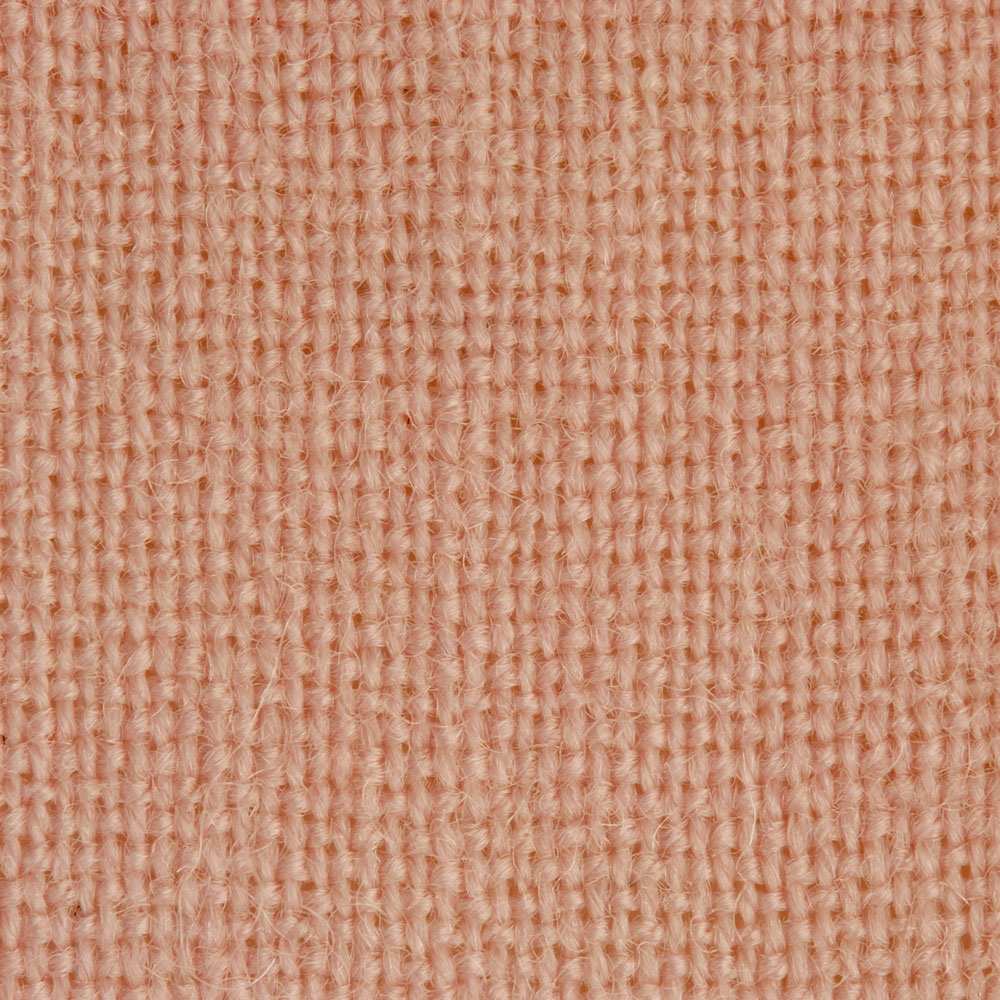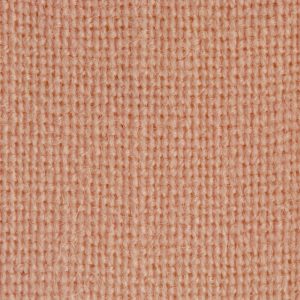Wool is a natural fiber from sheep coats. It can be spun into a yarn with qualities that have never been entirely reproduced with manufactured fibers. It is strong and flexible, an excellent insulator, flame resistant, naturally water repellent and also able to absorb up to 50% of its weight in water. The fibers are naturally crimped and springy. The crimping makes the spinning of wool much easier with the fibers naturally binding together. In addition, the microscopic sections or scales along wool fibers allow them to stretch and bend as well as to lock together—giving wool its felting property.
Not all sheep hair is the same—with variations on one animal, from animal to animal, and between breeds. Kemp is the more hair-like portion of a sheep coat, with little or no crimp and of larger diameter and coarser feel. The highest grade of wool is one with the narrowest diameter and with the highest number of crimps in its fiber. Ultra-fine merino wool can have up to 100 crimps per inch.
The domestication of wild sheep took place sometime before 6,000 B.C.E., and the earliest wool fleece and fibers positively identified date from about 4,000 B.C.E. We get the name wool from Old English wull, and many other languages base their name for the fiber on the Latin lana.

